Steps Using the Quadratic Formula { x }^ { 2 } { y }^ { 2 } 2xy=0 x 2 y 2 2 x y = 0 All equations of the form ax^ {2}bxc=0 can be solved using the quadratic formula \frac {b±\sqrt {b^ {2}4ac}} {2a} The quadratic formula gives two solutions, one when ± is addition and one when it is subtractionFind dy/dx x^24xyy^2=13 Differentiate both sides of the equation Differentiate the left side of the equation Tap for more steps Differentiate Reform the equation by setting the left side equal to the right side Solve for Tap for more steps Move all terms not containing to the right side of the equationSolution for 2x^24xy2y^2= equation Simplifying 2x 2 4xy 2y 2 = 0 Reorder the terms 4xy 2x 2 2y 2 = 0 Solving 4xy 2x 2 2y 2 = 0 Solving for variable 'x' Factor out the Greatest Common Factor (GCF), '2' 2(2xy x 2 y 2) = 0 Factor a trinomial 2((x y)(x y)) = 0 Ignore the factor 2 Subproblem 1 Set the factor '(x y)' equal to zero and attempt to solve Simplifying x y
Solved Compute The Second Partial Derivatives 2 F X 2 2 F X Y 2 F Y X 2 F Y 2 For The Following Function F X Y 2 Xy X 2 Y 2 Course Hero
(x y)^2-4xy formula
(x y)^2-4xy formula-Combine 2 x y and − 4 x y to get − 2 x y x^ {2}2xyy^ {2}=0 x 2 − 2 x y y 2 = 0 All equations of the form ax^ {2}bxc=0 can be solved using the quadratic formula \frac {b±\sqrt {b^ {2}4ac}} {2a} The quadratic formula gives two solutions, oneClick here👆to get an answer to your question ️ If S = 0 be the equation of the hyperbola x^2 4xy 3y^2 4x 2y 1 = 0 , then the value of k for which S k = 0 represents its asymptotes is


How To Factorize X Y Y X Quora
∴ x 2 4xy y 2 = 0 is the joint equation of the two lines through the origin each making an angle of 60° with x y = 10 ∴ x 2 4xy y 2 = 0 and x y = 10 form a triangle OAB which is equilateralSolve your math problems using our free math solver with stepbystep solutions Our math solver supports basic math, prealgebra, algebra, trigonometry, calculus and more · Please see below A conic equation of the type of Ax^2BxyCy^2DxEyF=0 is rotated by an angle theta, to form a new Cartesian plane with coordinates (x',y'), if theta is appropriately chosen, we can have a new equation without term xy ie of standard form The relation between coordinates (x,y) and (x'y') can be expressed as x=x'costhetay'sintheta and y=x'sinthetay'costheta or x
Equation of the parabola whose vertex is (− 3, − 2), axis is horizontal and which passes through the point (1, 2) is View solution Set of values of α for which the point ( α , 1 ) lies inside the curves C 1 x 2 y 2 − 4 = 0 and C 2 y 2 = 4 x isFor the differential equation `(x^2y^2)dx2xy dy=0`, which of the following are true (A) solution is `x^2y^2=cx` (B) `x^2y^2=cx` `x^2y^2=xc` (D) `ySeparabledifferentialequationcalculator y'4xy^{2}=x en Related Symbolab blog posts Advanced Math Solutions – Ordinary Differential Equations Calculator, Bernoulli ODE Last post, we learned about separable differential equations In this
1219 · The equation x y = 4 and x^2 4xy y^2 = 0 represent the sides of2418 · The polar equation is r=4sintheta Apply the following to convert from rectangular coordinates (x,y) to polar coordinates (r,theta) {(x=rcostheta),(y=rsintheta),(x^2y^2=r^2), (theta=arctan(y/x))} Here, we have x^2y^2=4y r^2=4rsintheta As r!=0 r=4sintheta · From the given equation #2=x(xy)^23xy# differentiate both sides with respect to x #2=x(xy)^23xy# #d/dx(2)=d/dxx(xy)^23xy# #0=x*d/dx((xy)^2)(xy)^2*d/dx(x



If The Equation Lambdax 2 4xy Y 2 Lambdax 3y 2 0 Rep
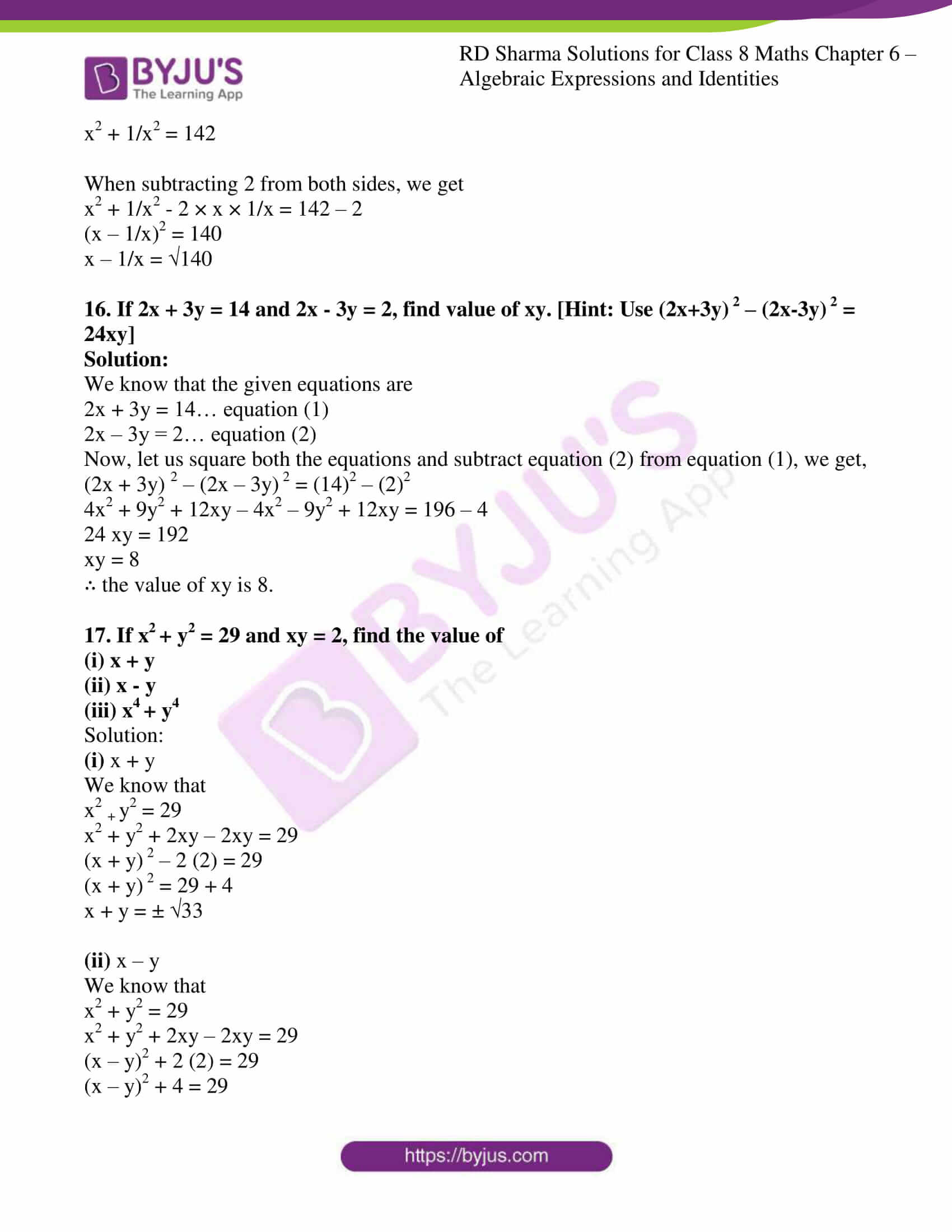


Rd Sharma Solutions For Class 8 Chapter 6 Algebraic Expressions And Identities Download Free Pdf
Click here 👆 to get an answer to your question ️ (xy)^2(xy)^2=4xy identity is the equation?1 See answer sanjaygoswaminm is waiting for your help Add your answer and earn points lopa36 lopa36 Answer (xy)² (xy)² = 4xy is a linear equation in two variable and a square linear equationSolve the problemConsider the triangle below If its area is x2 4xy 3y2 and its base is x 3y, find its height, h
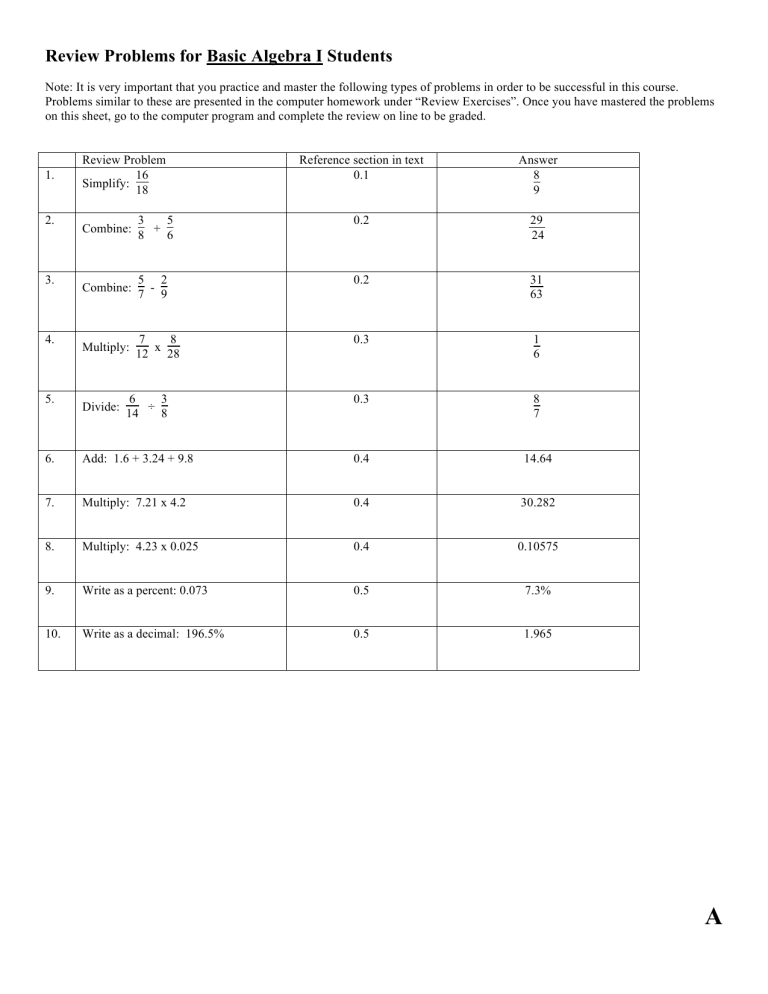


Review Problems For Basic Algebra I Students
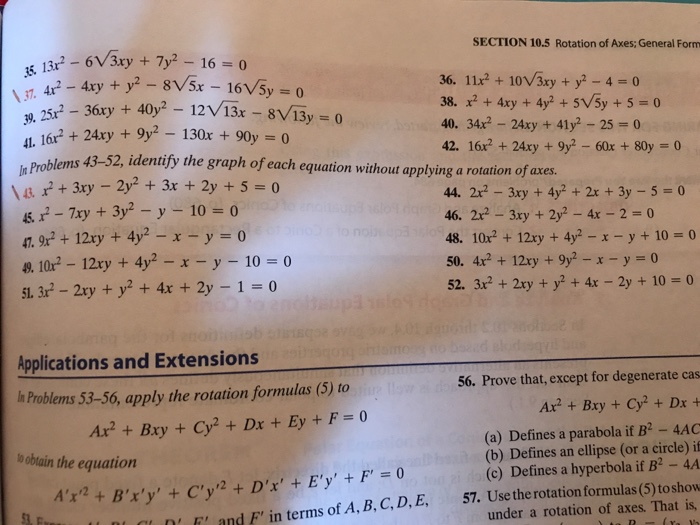


Solved 35 Rotate The Axes So That The New Equation Con Chegg Com
Solve your math problems using our free math solver with stepbystep solutions Our math solver supports basic math, prealgebra, algebra, trigonometry, calculus and moreSimplifying xy = 0 The solution to this equation could not be determined This subproblem is being ignored because a solution could not be determined Subproblem 2 Set the factor '(y x)' equal to zero and attempt to solve Simplifying y x = 0 Reorder the terms x y = 0 Solving x y = 0 Move all terms containing x to the left, all otherFactorization is (1 x) • (1 x) Trying to factor as a Difference of Squares 12 Factoring 1 y 2 Check 1 is the square of 1 Check y 2 is the square of y 1 Factorization is (1 y) • (1 y) Equation at the end of step 1 (x1)•(1x)•(y1)•(1y)4xy Step 2 Final result x 2 y 2 x 2 4xy y


How To Factorize X Y Y X Quora
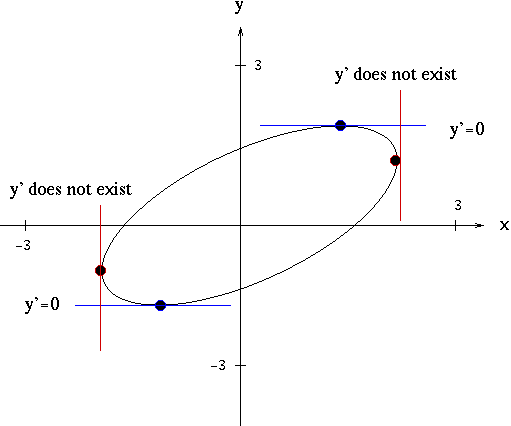


Solutions To Implicit Differentiation Problems
(xy)^2(xy)^2=4xy is what equation?Equations Tiger Algebra gives you not only the answers, but also the complete step by step method for solving your equations (xy)^24xy/(xy)^24xy so that youX^23y^2 4xy y' = 0 Let's try the substitution then Replacing into the original equation, we have or which is a linear, nonhomogeneous ordinary differential equation Let's solve the homogeneous equation first, then which gives or I guess that a sensible choice for a particular solution could be with and then or Hence, the general solution is



If Xy 144 X Y 30 And X Y What Is The Value Of X Y Quora


X2 Y2 2 4xy Find Dy Dx Mathematics Topperlearning Com 6729
The equation $ x^2 xy y^2 = 3 $ represents a "rotated ellipse," that is, an ellipse whose axes are not parallel to the coordinates axes Find the points at which this ellipse crosses the $ aaxis $ and show that the tangent lines at these points are parallel Answer crosses at $( \pm \sqrt{3}, 0)$ and both tangents have slope 2Factorization is (1 x) • (1 x) Trying to factor as a Difference of Squares 12 Factoring 1 y 2 Check 1 is the square of 1 Check y 2 is the square of y 1 Factorization is (1 y) • (1 y) Equation at the end of step 1 (x1)•(1x)•(y1)•(1y)4xy Step 2 Final result x 2 y 2 x 2 4xy yFind the particular solution of the differential equation2 4xy = 8x;
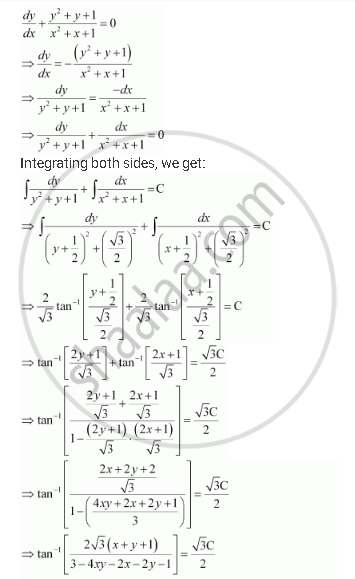


Show That The General Solution Of The Differential Equation Dy Dx Y 2 Y 1 X 2 X 1 0 Is Given By X Y 1 A 1 X Y 2xy Where A Is Parameter Mathematics Shaalaa Com



Solved Consider The Curve Defined By 2x2 3y2 4xy 36 Chegg Com
Y = 6 when x = 0 asked Jun 24, 19 in Mathematics by Bourdais finiteanddiscretemath;Taking x^2 and x together and factorising we get x(x1) Taking 4y^2 and 2y and factorising we get 2y(2y1) Now the equation becomes x(x1)4xy2y(2y1) We see that x^2 4xy (2y)^2 can beHere is a full argument But before do not memorize unnecessary formulas So, you have your solution y ( x) = x Noe, look for a solution in the form y ( x) = u ( x) x You should end up with u ″ 4 x − 2 − 4 x 2 2 x 2 − x u ′ = 0 Now, using v = u ′ you have a separable equation



Solved For Problems 36 Through 41 Find F Xx F Yy And F Chegg Com



Show That The Lines X 2 4xy Y 2 0 And X Y 10 Contain The Sides Of An Equilatera Youtube
0112 · We know, (x – y) 2 = x 2 y 2 – 2xy So, factorization of (x y) 2 – 4xy = (x – y) 2 With the help of above solved examples, you will be getting an01 · 1 Answer 1 vote answered Jan 2, by Sarita01 (535k points) selected Jan 2, by AmanYadav Best answer Comparing the given equation with Mdx Ndy = 0, we get M = x2 4xy 2y2, N = y2 4xy 2x2 dM/dy = 4x 4y dN/dx = 4y 4xFind dy/dx x^24xyy^2=4 Differentiate both sides of the equation Differentiate the left side of the equation Tap for more steps Differentiate Reform the equation by setting the left side equal to the right side Solve for Tap for more steps Move all terms not containing to the right side of the equation
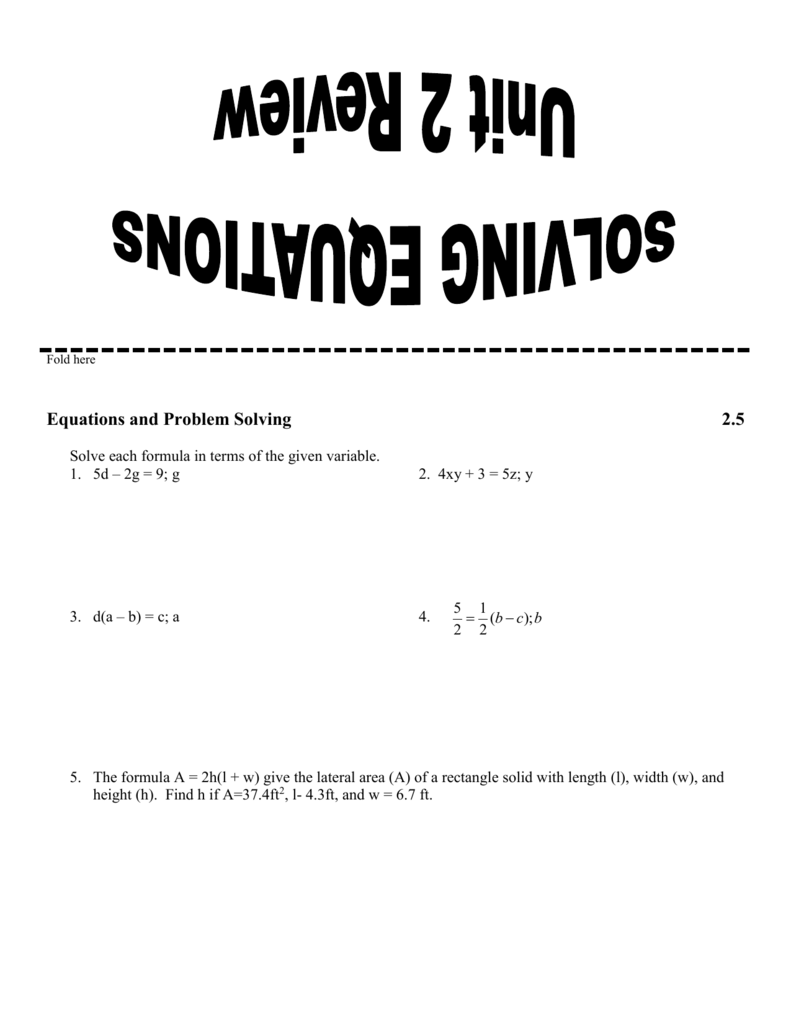


Equations And Problem Solving Wkbk P30



The Equation X Y 4 And X 2 4xy Y 2 0 Represent The Sides Of
Reformatting the input Changes made to your input should not affect the solution (1) "z2" was replaced by "z^2" 5 more similar replacement(s) Step 1 Equation · Write u = x − y and v = x y We get the evident parabola 2 n v = u 2 n 2 − 1, with the restriction u ≡ v ≡ n 1 ( mod 2) The restriction u 2 n 2 − 1 ≡ 0 ( mod n) tells us that we also require u 2 ≡ 1 ( mod n) If n is prime, this is just u ≡ − 1 ( mod n) and u ≡ 1 ( mod n) · Some Useful Algebra Formulas Just remembering Algebra (math) formulas are not going to help you to crack any examinations, one should have the ability to execute these formulas in the exam hall To do that, one has to practice the various types of algebraic math problems repeatedly Some Important Formulas of Algebra Square Formula 01



Factor Factor A Polynomial And Trinomial With Step By Step Math Problem Solver
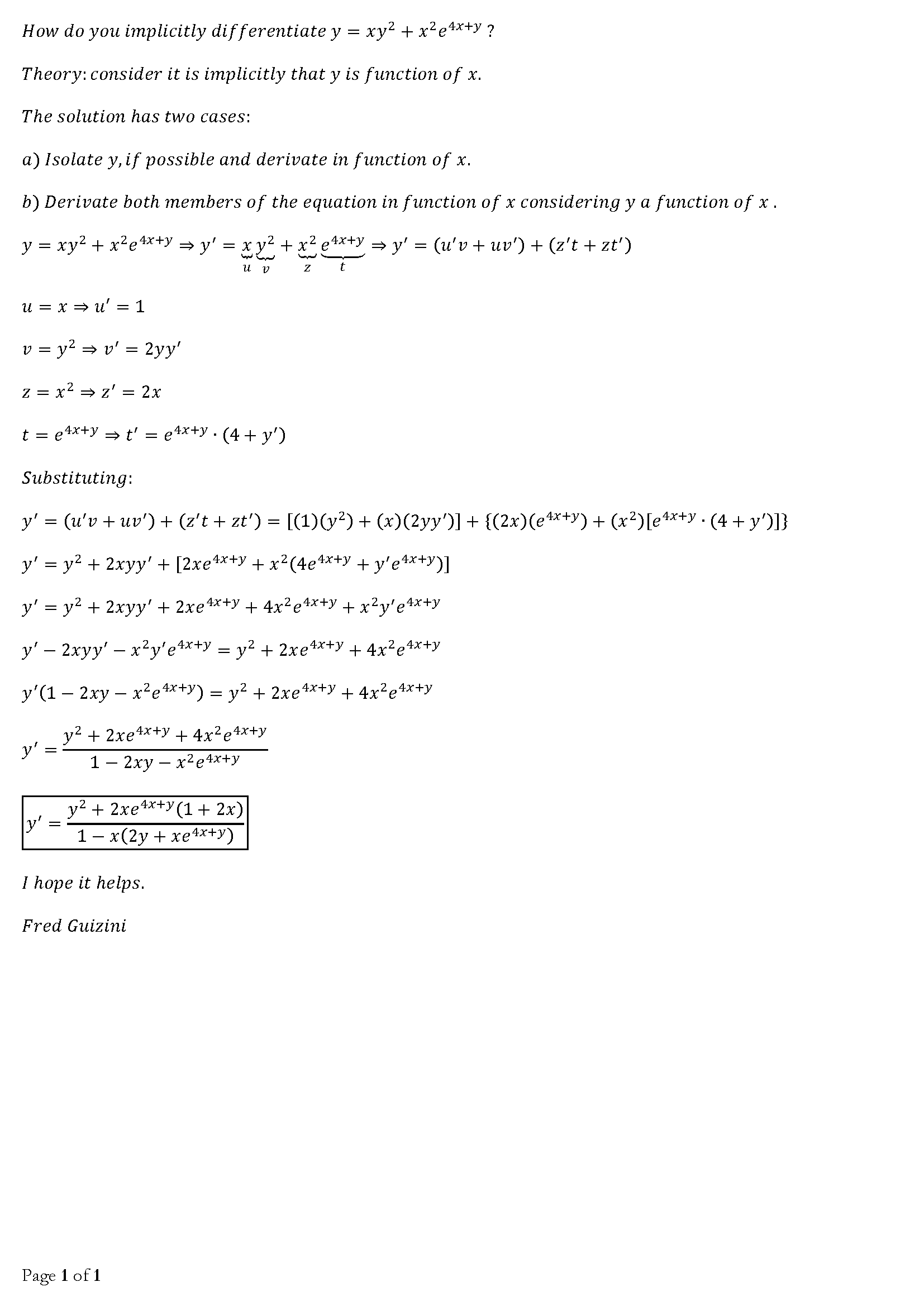


Implicit Differentiation Of Xy 2
Solving differential equation 2xy(dy/dx) y^2x^2=0We havesec2θ = (xy)24xy cos2θ = 4xy(xy)2 We knw that0 ≤ cos2θ ≤ 10 ≤ 4xy(xy)2 ≤10 ≤ (xy)2 ≤4xy0 ≤ (x−y)2 ≤00 ≤ x−y ≤ 0x = yΔOAB is formed by the lines x2 4xy y2 = 0 and the line AB The equation of line AB is 2x 3y 1 = 0 Find the equation of the median of the triangle drawn from O Mathematics and Statistics Shaalaacom ΔOAB is formed by the lines x2 4xy y2 = 0 and the line AB The equation of line AB is 2x 3y 1 = 0



How To Solve Exact Differential Equations In Matlab Stack Overflow



The Equation Ay Bx 2 4xy 0 Has Rational Solutions X Y For
This is solved by adding and subtracting x^2y^2 to the given expression and reducing it to t Learn to factorise an expression of the form x^4 x^2y^2 y^4JNTU BTech M2 Maths and Bsc Maths Chapter Partial Differentiation Topic Maximum and MinimumExamine the function f(x ,y)=x^4y^42x ^24xy2y^2 for extIn elementary algebra, the binomial theorem (or binomial expansion) describes the algebraic expansion of powers of a binomialAccording to the theorem, it is possible to expand the polynomial (x y) n into a sum involving terms of the form ax b y c, where the exponents b and c are nonnegative integers with b c = n, and the coefficient a of each term is a specific positive



Find Dy Dx By Implicit Differentiation X 2 4xy Y 2 4 Youtube



Solve By Graphing 4x Y 2 And X Y 3 Youtube
Write logically sayan1997 sayan1997 Math Secondary School answered (xy)^2(xy)^2=4xy identity is the equation?Equation at the end of step 1 (((x y) • 2) 2 • (x y)) 4xy = 0 Step 2 Equation at the end of step 2 (2 • (x y) 2 • (x y)) 4xy = 0 Step 3 Step 4 Pulling out like terms 41 Pull out like factors 4y 4xy = 4y • (x 1) Equation at the end of step 4 4y • (x 1) = 0 Step 5{eq}10x^2 4xy 6y^2 8x 8y = 0 {/eq} Canonical Form of Conics Section The general equation (canonical form) for a conic section in the xy plane can be expressed in the following form



Show That The Equation Sec 2 Theta 4xy X Y 2 Is Only Possible
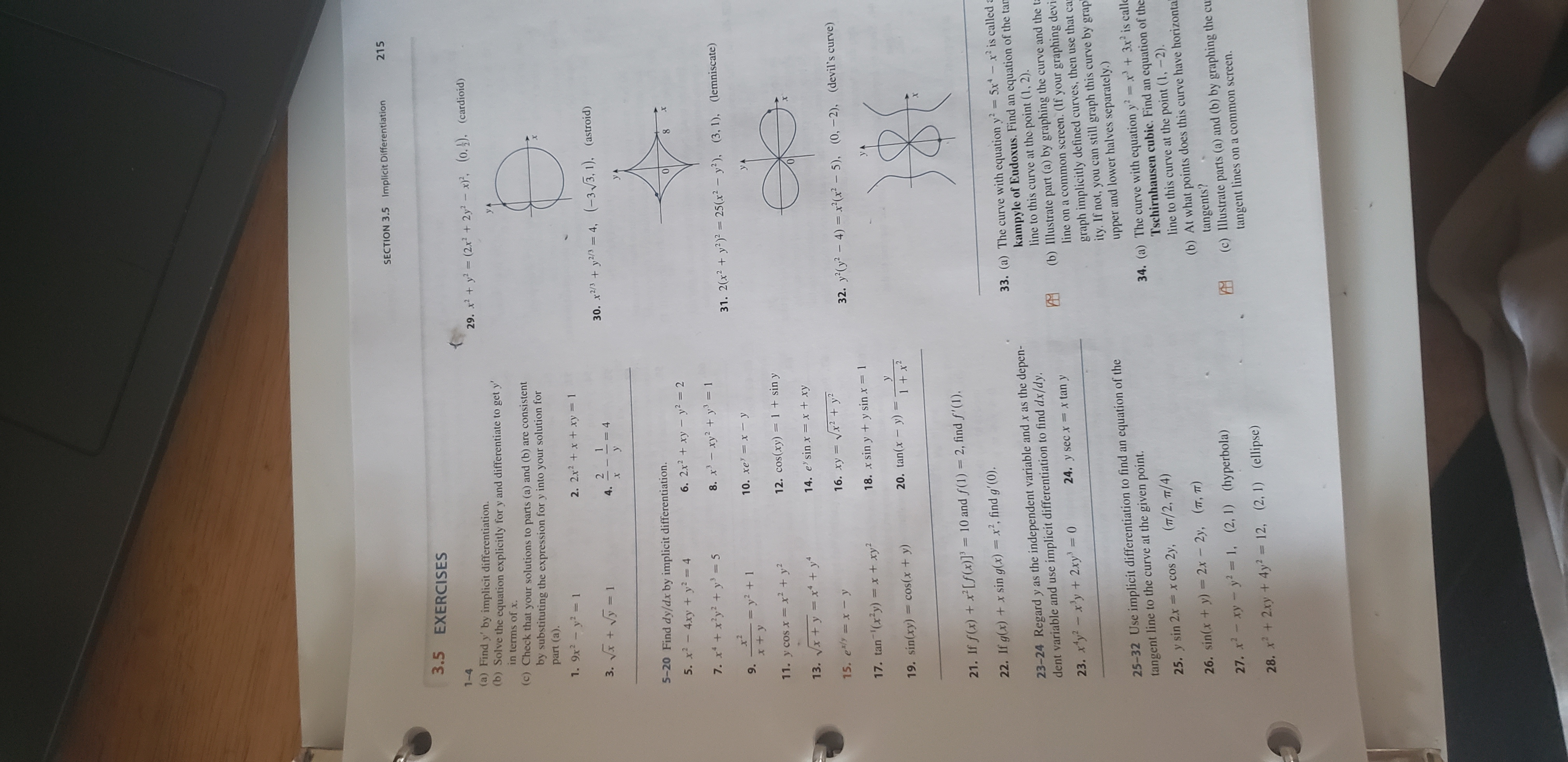


Answered Section 3 5 Implicit Differentiation Bartleby
Solution for X^24xyy^2=0 equation Simplifying X 2 4xy y 2 = 0 Solving X 2 4xy y 2 = 0 Solving for variable 'X' Move all terms containing X to the left, all other terms to the right Add '4xy' to each side of the equation X 2 4xy 4xy y 2 = 0 4xy Combine like terms 4xy 4xy = 0 X 2 0 y 2 = 0 4xy X 2 y 2 = 0Click here👆to get an answer to your question ️ The triangle formed by the lines whose combined equation is (y^2 4xy x^2) ( x y 1 ) = 0 is



If X Y 3 8 X Y 2 Then The Value Of 8xy X Y Is Quora
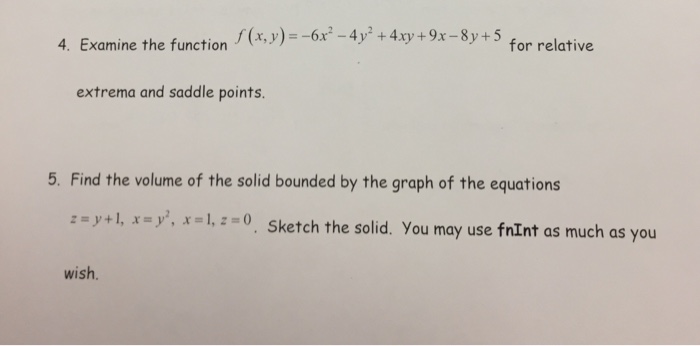


Solved Examine The Function F X Y 6x 2 4y 2 4xy Chegg Com



Systems Of Equations With Elimination X 2y 6 4x 2y 14 Video Khan Academy



Prove That Sin 2theta X Y 2 4xy Is Possible For Real Values Of



Sin 2 Theta X Y 2 4xy Where X Y In R Gives Theta If And Only If Youtube



Draw The Graph Of Linear Equation 4x Y 2 Tessshebaylo



Factorise The Following Expression X Y 2 4xy Brainly In



The Equation X Y 4 And X 2 4xy Y 2 0 Represent The Sides Of


The Line X 2 4xy Y 2 0 And X Y 4 Are The Sides Of An Equilateral Triangles Whose Area Is Equal To A 3 1 2 Then A Is Equal To Sarthaks Econnect Largest Online Education Community


Sec 28 4xy X Y 2 Is True If Any Only If Sarthaks Econnect Largest Online Education Community



Deltaoab Is Formed By The Lines X 2 4xy Y 2 0 And The Line Ab T
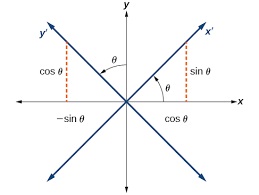


How Do You Graph The Conic X 2 4xy Y 2 1 0 By First Rotations The Axis And Eliminating The Xy Term Socratic


How To Solve 2x 3y 2 4x 2y 2xy 2 Xy 4 2y Dx 2 Y 3 X 2y X Dy 0 Quora



Math Formula X Y Math Formulas
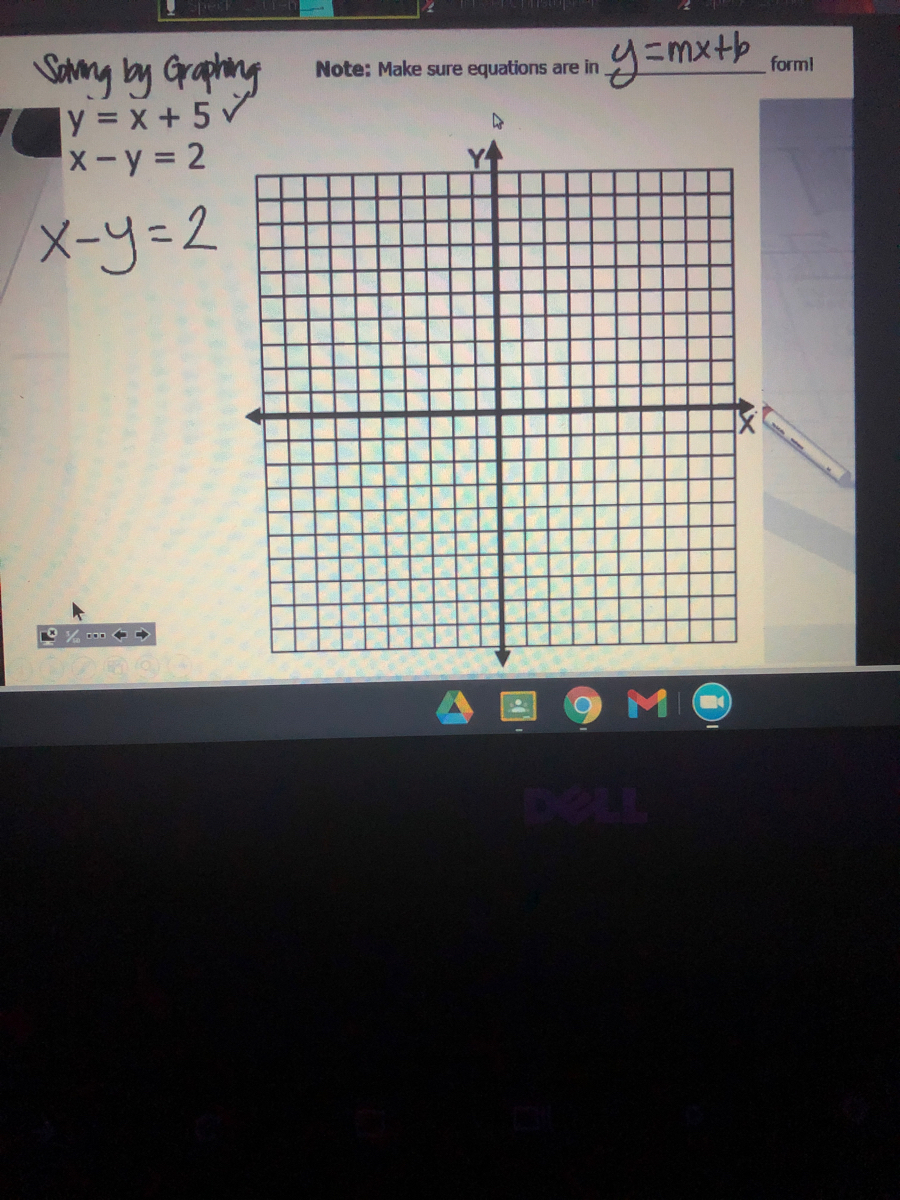


Answered Sany By Graphing Y X 5 X Y 2 Note Bartleby


How To Factorize X Y Y X Quora



The Point To Which The Origin Should Be Shifted In Order To Remove
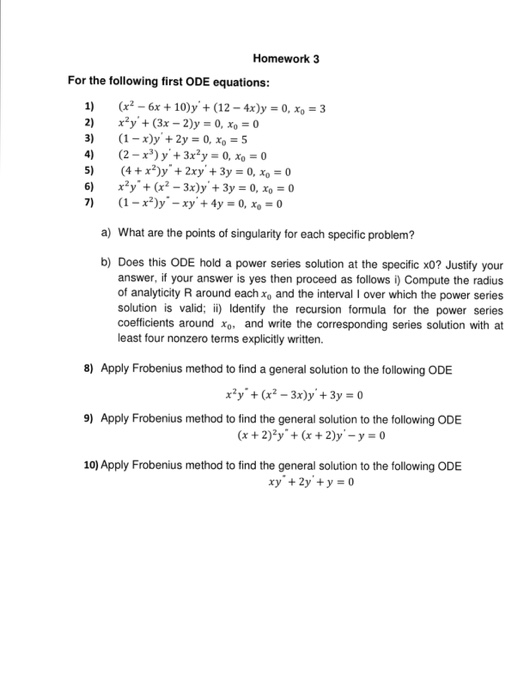


Solved For The Following First Ode Equations X 2 6x Chegg Com



Sec 2 X 4xy X Y 2 Is True If And Only If



X2 4xy 4y2 See How To Solve It At Qanda



Solved 1 Find Oz X Xy B Z 4xy D In Xy 2 Use App Chegg Com



Find The Value Of K If X Y 2 K 4xy 3y 2 4xy 3y 2 Brainly In



Ap Calculus Consider Curve Given By Xy 2 X 3 Y 6 Find Dy Dx And Tangent Lines Youtube



If Sec 2 Theta 4xy X Y 2 Then How Many Pairs Of X And Y Are There For Which The Condition Youtube



Complete The Proof Drag And Drop The Expression To Correctly Complete The Proof Of The Polynomial Brainly Com
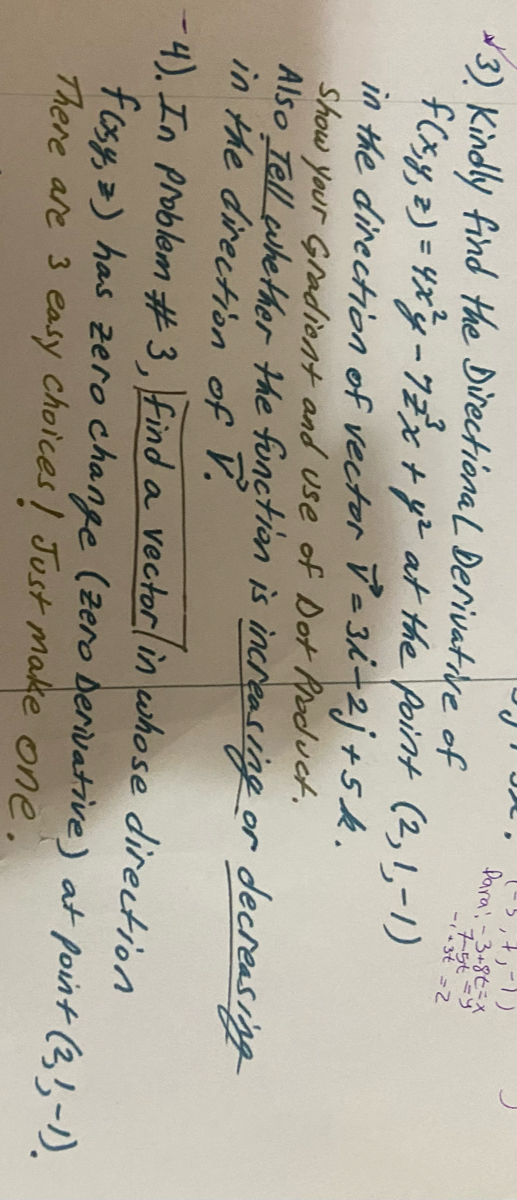


Answered Para 3 8 X 3 Kindly Find The Bartleby



If Cosec 2 Theta 4xy X Y 2 Then Find The Relation Between X And Y Mathematics Topperlearning Com R0vcgjee
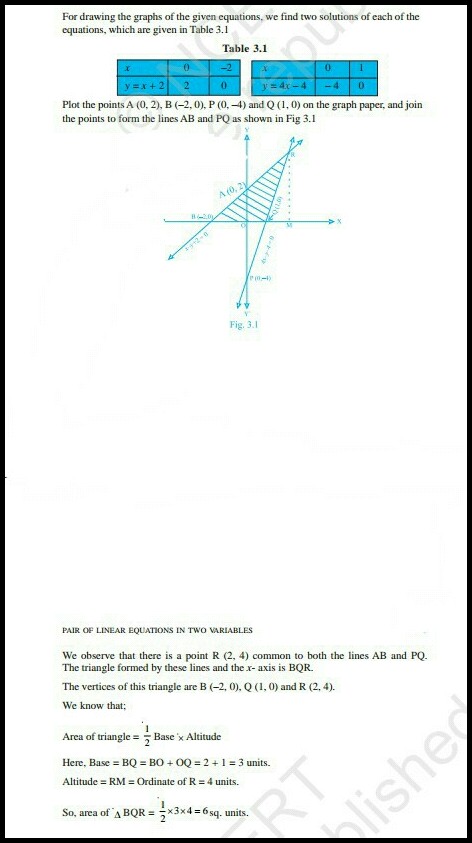


Draw The Graph Of Linear Equation 4x Y 2 Tessshebaylo



Solved Problem 2 Consider The Following Differential Eq Chegg Com



Solve The Equation 3x 2 4xy 2xz 2y 2 2yz Z 2 2x 1 0
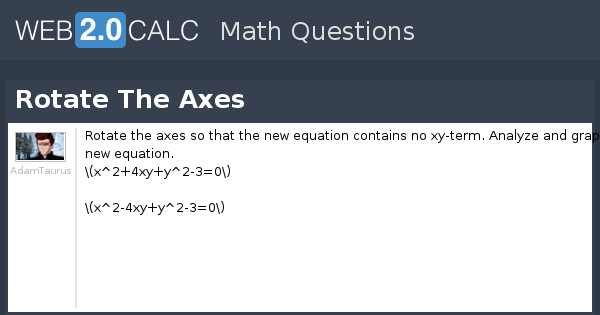


View Question Rotate The Axes



Solve The Differential Equation X 2 4y 2 4xy Dy 2x



Solved Find F Y X Y Of F X Y X 2 4xy 7y 2 Chegg Com



Gradient And Intercept Geometry Copy And Complete The Tables On The Next Slides Reminder The Equation Of A Straight Line Is Given By Y Mx C Where Ppt Download



Exact Equations Example 3 Video Khan Academy



Solved Question 19 Write The Appropriate Rotation Formula Chegg Com



The Equation X Y 4 And X 2 4xy Y 2 0 Represent The Sides Of



Complete The Proof Drag And Drop The Expression To Correctly Complete The Proof Of The Polynomial Brainly Com



Example 11 Find Particular Solution Dy Dx 4xy2 Examples



Show That The Lines X 2 4xy Y 2 0 And X Y 4 Form An Equilateral Triangle Also Find The Area Of The Triangle



X2 4xy 4y2 See How To Solve It At Qanda



Xy 2y X 2 See How To Solve It At Qanda
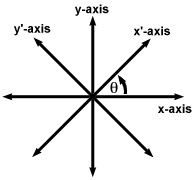


Help Rotate The Axis To Eliminate The Xy Term In The Equation Then Write The Equation Ins Standard Form X 2 4xy 4y 2 5sqrt 5 1 0 Help Socratic



Solved Write The Appropriate Rotation Formulas So That In Chegg Com



Show That The Equation Sec 2 Theta 4xy X Y 2 Is Only Possible When X Y Youtube



7 4 Rotations Of Conic Sections Pdf Quadratic Equation Equations


If X And Y Are Two Positive Real Number Such That X 2 4y 2 17 And Xy 2 Then Find The Value Of X 2y Quora
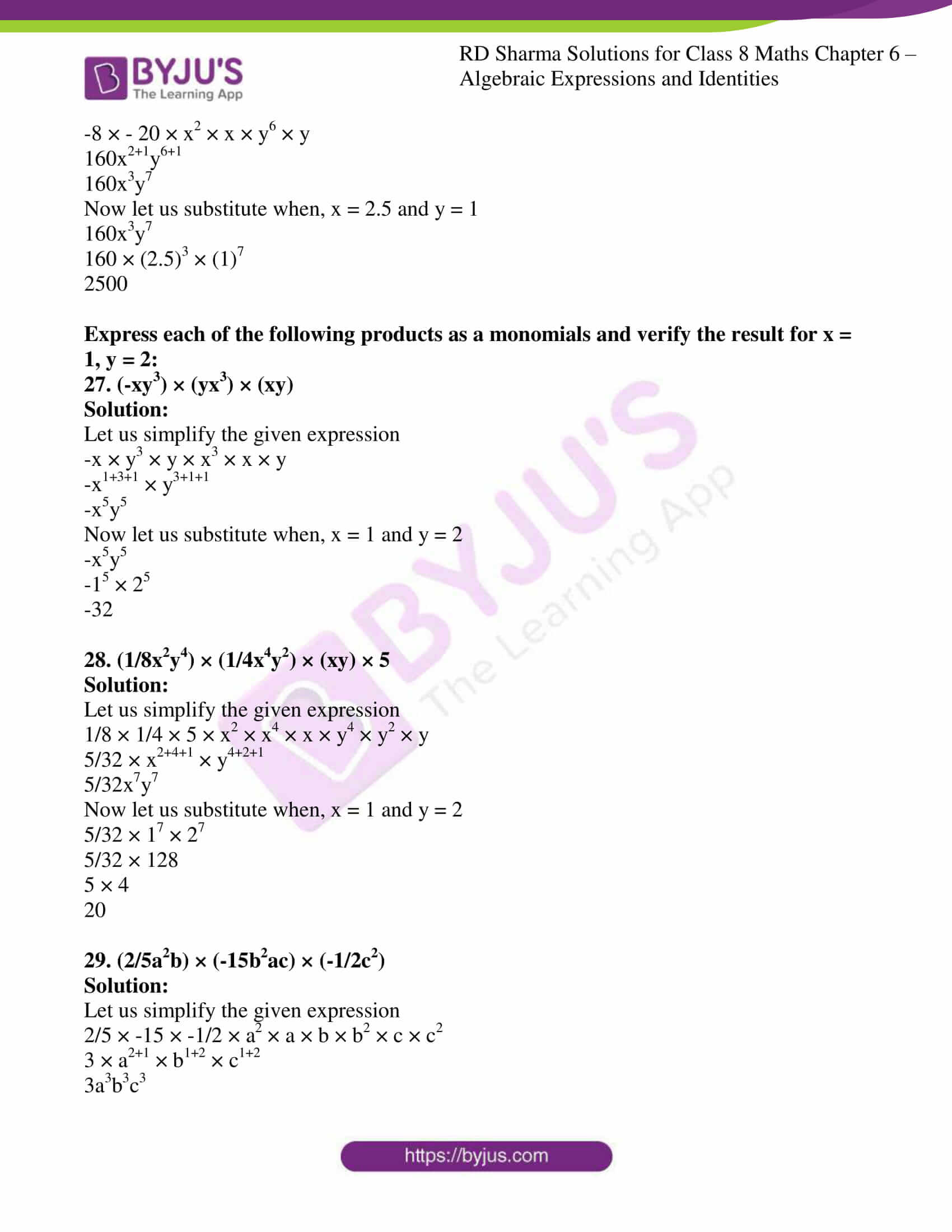


Rd Sharma Solutions For Class 8 Chapter 6 Algebraic Expressions And Identities Download Free Pdf


Solved Find All Solutions To Each Of The Following First Order Differential Equations Make Sure Your Solution Set Does Not Miss Any Solutions And Course Hero



If 64x 2 Y 2 72 And Xy 2 Then Find 4x Y 2 2 Brainly In
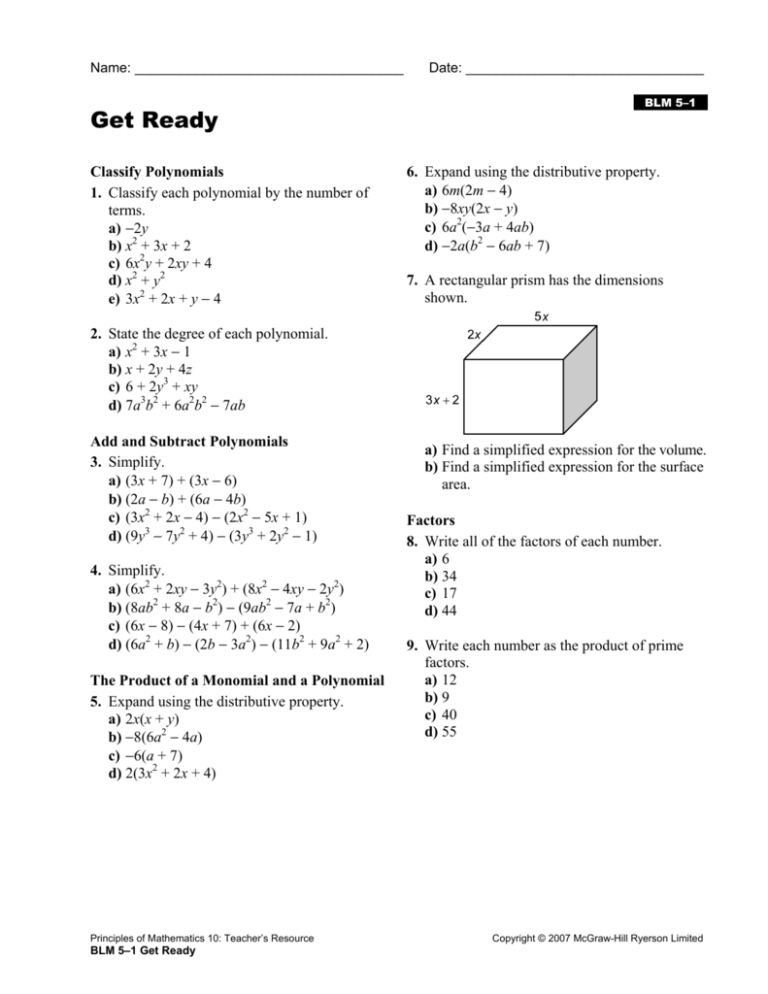


Extra Practice



Find Area Of Triangle Formed By The Lines X 2 4xy Y 2 0 And X Y 1 Brainly In


Solved Compute The Second Partial Derivatives 2 F X 2 2 F X Y 2 F Y X 2 F Y 2 For The Following Function F X Y 2 Xy X 2 Y 2 Course Hero



If 5x 2 4xy Y 2 2x 1 0 Then X
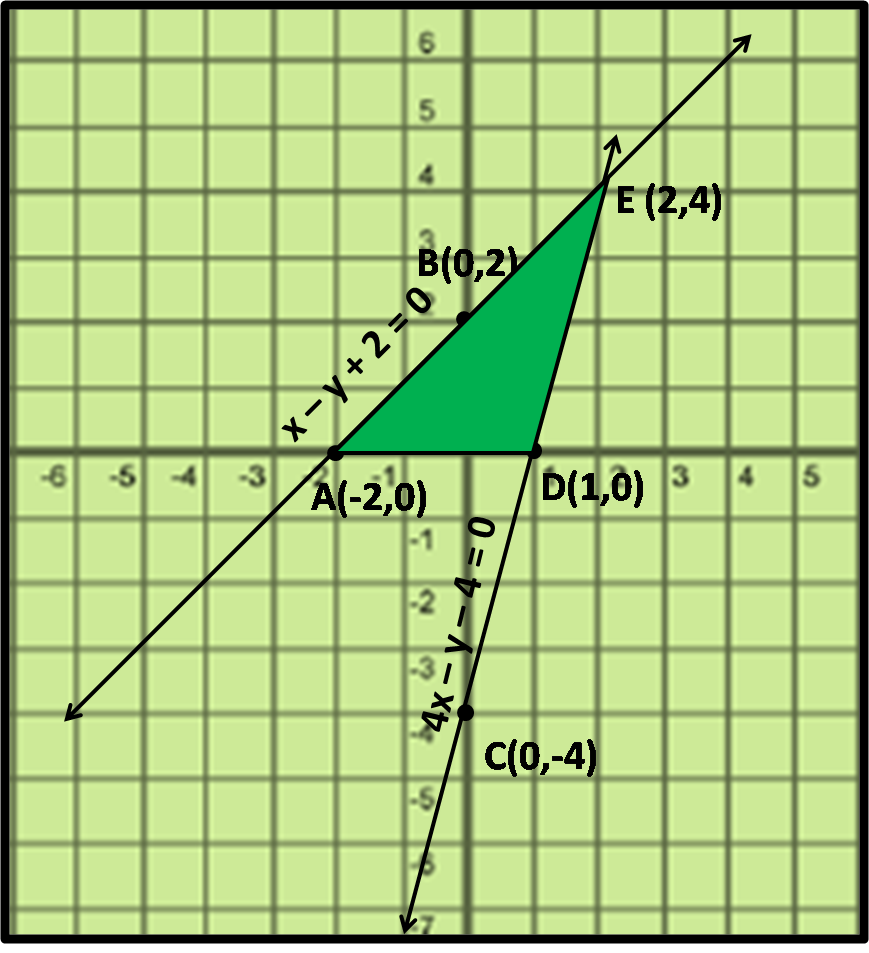


Draw The Graphs Of The Pair Of Linear Equations X Y 2 0 Amp 4x Y 4 0 Determine The Co Ordinates Of The Vertices Of The Triangle Formed By The Lines
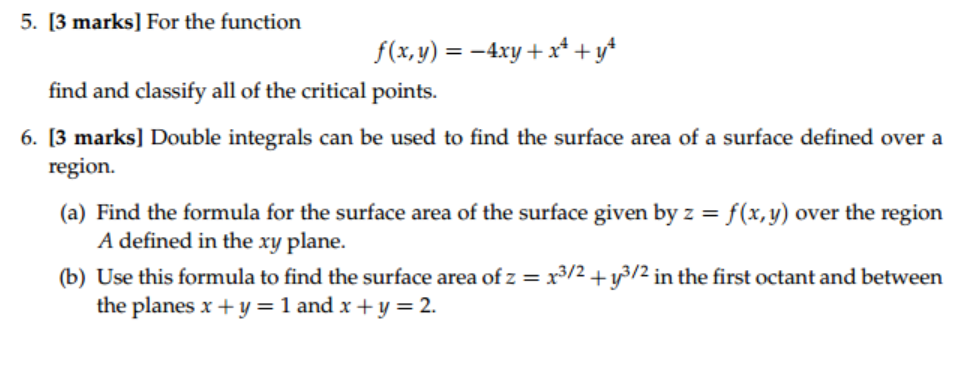


Solved 5 For The Function F X Y 4xy X 4 Y 4 Fin Chegg Com


How To Find The Angle Between The Lines Represented By X 2 Xy Y 2 0 Quora
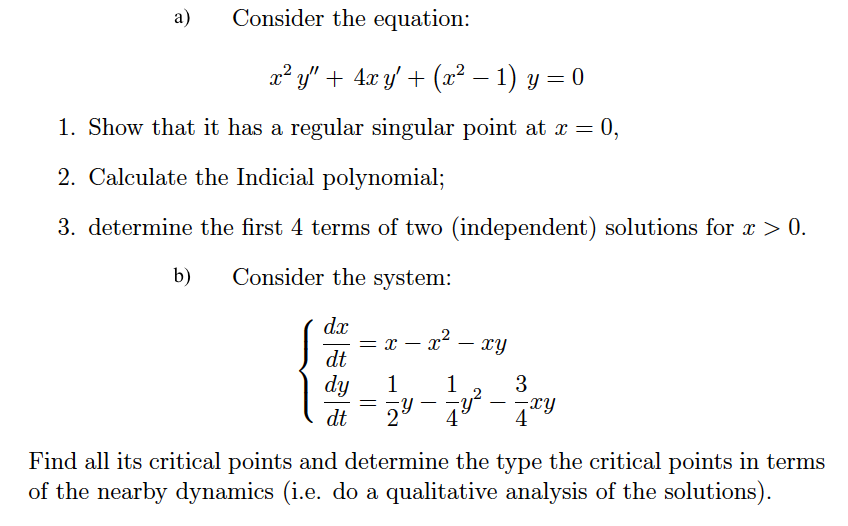


Solved Consider The Equation X 2 Y 4xy X 2 1 Y Chegg Com



Inequality Of Arithmetic And Geometric Means Wikipedia
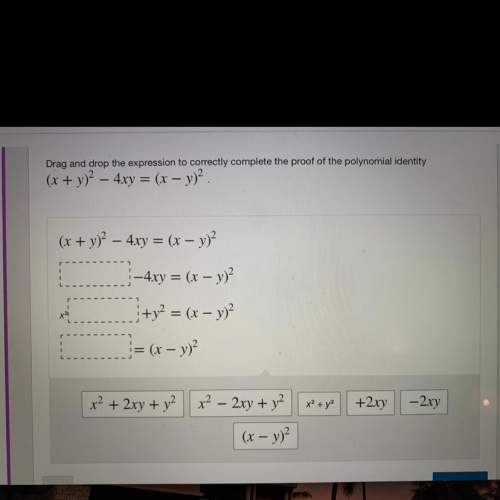


Drag And Drop The Expression To Correctly Complete The Proof Of The Polynomial Identity X Y 2 4xy X Y 2



Cauchy Riemann Show That U V X Y X2 4xy Y2 Find F Z Youtube


The Line X 2 4xy Y 2 0 And X Y 4 Are The Sides Of An Equilateral Triangles Whose Area Is Equal To A 3 1 2 Then A Is Equal To Sarthaks Econnect Largest Online Education Community



Useful Algebra Formulas For Competitive Exams Pdf



The Pair Of Straight Lines X 2 4xy Y 2 0 Together With The Line X Y 4sqrt 6 0 F Youtube



The Factors Of X 2 4y 2 4y 4x Y 2x 8 Are A X 2y 4 X 2y 2 B X Y 2 X 4y 4 C Youtube


If Xy 2 12 And Xy 4 What Does X Equal Quora


Is The Equation Of Math X Y 2 X Y 2 0 Math Correct Quora


How To Maximise F X Y 1 2 X 2 4xy 6y 2 Where G X Y 1 2 X 2 4xy 5y 2 Subject To G X Y 4 Quora


Tinkutara Equation Editor Math Forum Question



Solved A Simplify I 8x 3y 2 4xy Ii 25x 4y 3 5x 2 Y 7 B I 1 Answer Transtutors



The Equation Kx 2 4xy 5y 2 0 Represents Two Lines Inclined At An Angle Pi If K Is



0 件のコメント:
コメントを投稿